Uncomfortable bedfellows
Updated: 2014-04-22 08:13
By Li Wei(China Daily)
|
||||||||
Third, the US and Japan will come to an agreement on the formation of a new bilateral defense guideline. To make Japan undertake more responsibility within the alliance, the new guideline could allow Japan's Self-Defense Forces to play a bigger role. To this end, the US will make a clear statement over the law and policy changes concerning Japan's relaxation on arms exports, its right of collective self-defense and the revision of the Self-Defense Forces Act, at the cost of Asian peace and stability.
The Abe cabinet has not only already made legal and technical preparations for modifying the explanation of the right of collective self-defense, but also approved eased principles and guidelines on the transfer of defense equipment to revive the country's arms exports, which is against the principles of its pacifist Constitution. In addition, Japan has released its first National Security Strategy, the new National Defense Program Guidelines and the Mid-Term Defense Program, all of which pave the way for its forces to play a bigger role.
It is important to note that although both the US and Japan have made China the primary target of their Asia-Pacific defense strategy, the two countries have different priorities within the alliance. By moderately loosening restraints on Japan's defense, the US is seeking to make better use of Japan - on condition Japan is still controllable. Japan is seeking to take advantage of the US' strategic needs to accelerate its own military independence.
In the past, Japan subjected its national strategy to the US-Japan alliance, but the situation has undergone qualitative changes with Tokyo more and more considering the alliance as a means to realize its national strategy. Because of this change, Abe's national strategic goal of getting rid of the postwar system has resulted in greater US vigilance.
The stability of the US-Japan alliance is a consequence of its inherent inequality, with the US in a dominant position and Japan in a subordinate position. The US has not only made institutional arrangements for Japan, guided Japan in the pursuit of "shared values", but also decided the common threats. Japan for its part, staged a comeback during the Cold War by pinning itself to the US. After the collapse of the Soviet Union, Japan as the world's second-largest economy was eager to seek the status of a great power, resulting in the US-Japan alliance entering a phase of quasi-equality.
After former prime minister Yukio Hatoyama's attempt to get rid of US influence failed, the mainstream political elite in Japan reached a consensus on continuing to use the US-Japan alliance. And this has become a strategic choice to achieve the goal of seeking military independence. Both Yoshihiko Noda and Shinzo Abe have emphasized the importance of the country having its own forces, implying their mistrust of the US' security commitment and their strong desire to realize military independence.
There is no doubt that it is a tough task for Obama to control and make better use of Japan at the same time. Now, in the face of an assertive Japan moving toward military independence and being a full-fledged power, the US' Japan policy has finally shifted from an "unarmed" Japan to the bottom line of a nuclear-free Japan. So, Washington has pressed Tokyo to return over 300 kg of weapons-grade plutonium.
In the future, the control and anti-control initiatives within the US-Japan alliance will become its normal state.
The author is director of the Institute of Japanese Studies at the Chinese Academy of Social Sciences.
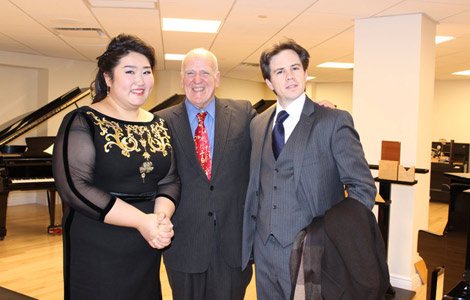
 Music at her fingers
Music at her fingers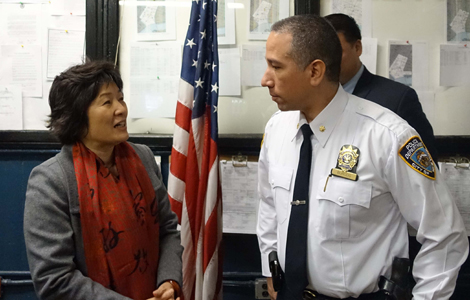
 Across America Over the Week (Jan 16 - Jan 22)
Across America Over the Week (Jan 16 - Jan 22)
 Spend Chinese New Year in style
Spend Chinese New Year in style
 Ili river valley becomes a popular destination for swans
Ili river valley becomes a popular destination for swans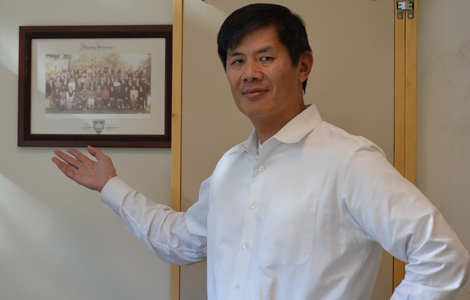
 Philip Ma: from scientist to businessman
Philip Ma: from scientist to businessman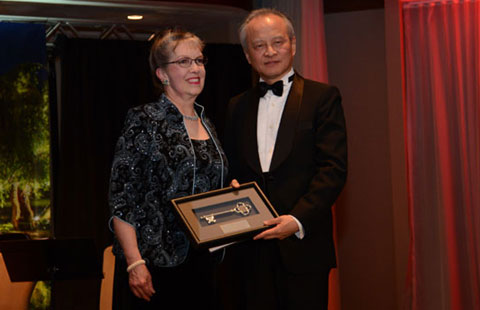
 Birmingham's Spotlight on China dinner
Birmingham's Spotlight on China dinner
 How to distinguish doucai, wucai, Famille-rose and enamel porcelain
How to distinguish doucai, wucai, Famille-rose and enamel porcelain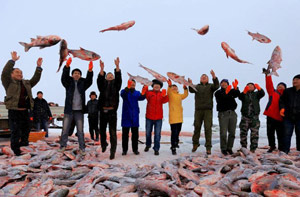
 Xinjiang lake in bumper fishing season
Xinjiang lake in bumper fishing season
Most Viewed
Editor's Picks

|

|

|

|

|

|
Today's Top News
Houston's SW Chinatown
China to focus on reforms, opening of capital market
Slowdown brings new risks to banks
Trade group calls for BIT
Market status for China is 'political' issue
Birmingham's Spotlight on China dinner
Bank takes renminbi-clearing seriously
Traditional Garb
US Weekly

|

|







